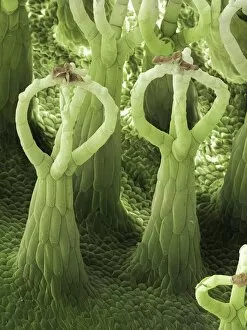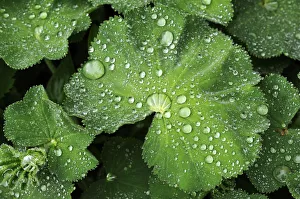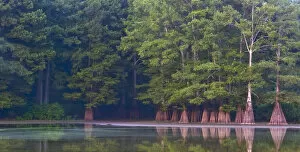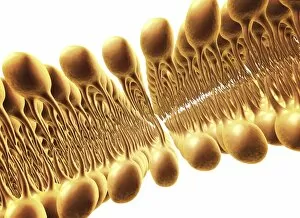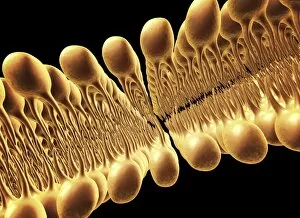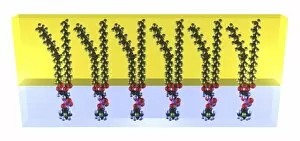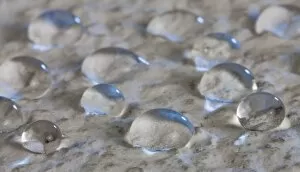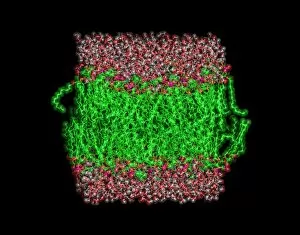Hydrophobic Collection
"Unveiling the Hydrophobic Wonders of Nature: From Salvinia to Lotus Leaves" Nature never ceases to amaze us with its remarkable adaptations
All Professionally Made to Order for Quick Shipping
"Unveiling the Hydrophobic Wonders of Nature: From Salvinia to Lotus Leaves" Nature never ceases to amaze us with its remarkable adaptations, and one such phenomenon is hydrophobicity. The Salvinia Effect, observed in the aquatic plant Salvinia natans, showcases how tiny hairs on its leaves repel water droplets, creating a mesmerizing effect. Raindrops delicately perched on Sacred lotus (Nelumbo nucifera) lily pads further exemplify this hydrophobic nature. These enchanting petals seem untouched by water as raindrops elegantly dance upon their surface. Even at a microscopic level, hydrophobicity reveals itself through the cell membrane lipid bilayer. Artworks like F007/1477 beautifully depict this intricate structure that shields cells from unwanted moisture intrusion. Intriguingly, a Buddha statue reflects gracefully in a single drop of water resting on a lotus leaf. This captivating image reminds us of the harmonious connection between spirituality and nature's hydrophobic wonders. Moving beyond lotuses, Ladys Mantle - Alchemilla - leaves adorned with glistening water drops captivate our attention in Eckental, Middle Franconia, Bavaria, Germany. Each droplet seems to defy gravity as it clings effortlessly onto these vibrant green surfaces. Venturing into Cypress swamps along Arkansas' White River National Park unravels yet another facet of hydrophobicity. Here we witness an entire ecosystem thriving amidst waters where cypress trees stand tall against the elements while maintaining their dryness. Returning to cellular marvels depicted through artworks like F007/1479-1480-1478-1475-1474-1473; we are reminded once again of the fundamental role played by lipid bilayers in preserving cellular integrity despite surrounding aqueous environments. From delicate plants to microscopic structures and breathtaking landscapes – hydrophobicity is a testament to nature's ingenuity.

